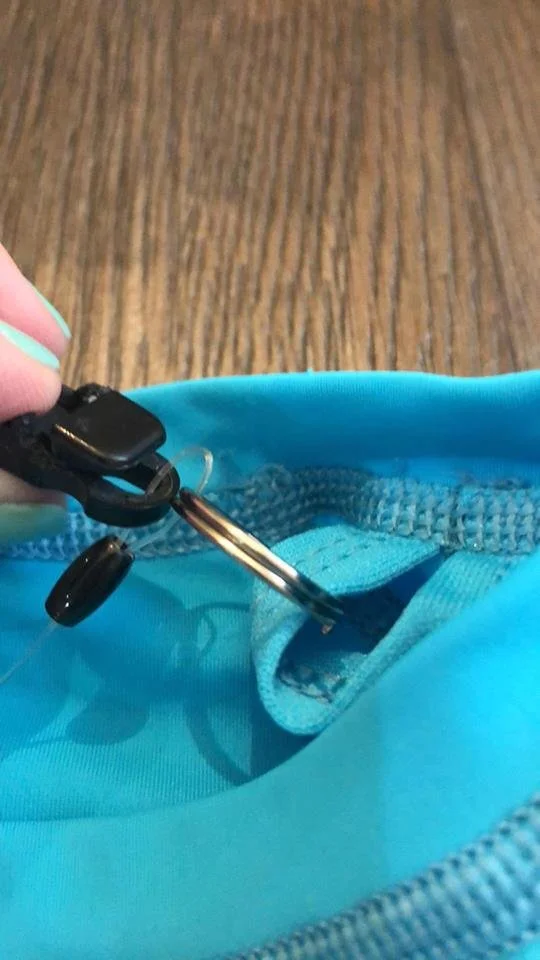Keep Your Cochlear Aqua+ Accessory Secure with Ci Wear
One of the biggest fears for cochlear implant users—and especially parents of children with CIs—is losing a processor in the water. As one parent told us, “If you can’t see the bottom of a source of water, don’t go in.” That’s a lot of pressure when you're trying to enjoy a beach day or a trip to the lake.
Cochlear’s Nucleus Aqua+ accessory allows individuals to swim and enjoy the water safely. But what’s the point of having waterproof gear if you’re still worried about it falling off?
One adventurous family, who loves the ocean and frequently vacations at the lake, needed a more reliable way to secure their son’s Aqua+ accessory. After searching online, they found Ci Wear, a specialty shirt designed specifically to protect and secure cochlear implant processors.
The shirt features patented collar loops. This family used a simple key ring to attach the Aqua+ safety line directly to the collar loops—rather than just clipping it to the fabric of a regular shirt. The result? A secure setup that held up through an entire week of water adventures. “It worked great,” they reported.
As Cochlear puts it, “Don’t let a little water hold you back.” With a Ci Wear shirt, you can confidently enjoy activities like snorkeling, surfing, tubing, kayaking, or just jumping in the waves—knowing your processor is safe and secure.
As one parent told us, “We feel our son should be able to do anything he wants. So we’re always thinking of ways to make anything possible.”
#swimming #beach #cochlearimplant #surf #Cochlear #Nucleus #Ciwear
If you found this helpful, please subscribe and share our blog with others. Thank you!
Ci Wear is a patented shirt designed to secure and help protect cochlear implant (CI) processors and other mobile listening devices. Wear it as a rash guard, swim shirt, or exercise apparel—it's the ideal aqua accessory for waterproof cochlear implant sound processors.






